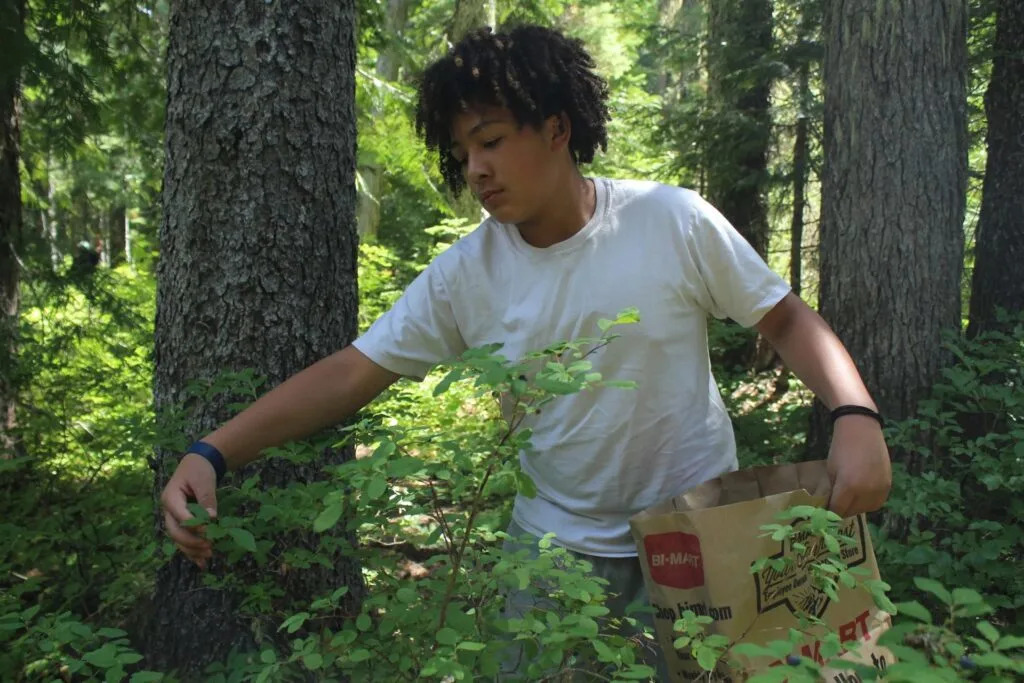
Lorenzo Oakes, an enrolled member of Saint Regis Mohawk and Confederated Tribes of Warm Springs descendant picks blueberries and huckleberries on a camping trip he took while visiting his uncle. (Photo by Lyric Aquino, Underscore Native News + Report for America)
This story originally appeared on Underscore Native News.
In the shadow of Mt. Hood on the weekend of Aug. 8 to 10, a group of tents formed a circle underneath the towering trees of the Mt. Hood National Forest with sunlight shining down on the faces of campers laughing, as they ate a dinner of chicken and carnitas tacos. Indigenous campers, ranging in ages from teens to adults from Native Nations across the Pacific Northwest and the U.S. gathered to spend the weekend entirely in nature.
Parrott Creek Child and Family Services joined with Bark and Future Generations Collaborative to host their first camping trip for Indigenous people. The programming included cultural activities to teach traditional skills and nature-based activities to get people outside and connected with the land.
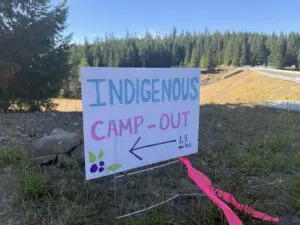
As the Trump administration rolls back funding and protection in National Parks and public lands, the ability to access these spaces is at risk.
Parrott Creek Child and Family Services cultural ecology program manager, Ameyalli Mañon-Ferguson, Osage and Mazahu, said the weekend was about trying to bring urban Natives into the mountains and create an easy and accessible plan to get them onto the land.
“Mt. Hood is such a sacred place to so many different communities and it’s really a great way to get people out on the land, especially those coming from the more urban areas like the Portland metro area,” she said. “In Portland there’s so little access to natural areas and for Native people, there’s so little culturally appropriate access to native areas.”
According to Mañon-Ferguson, Parrott Creek Child and Family Services consistently makes a conscious effort to include Indigenous peoples in their programming. Back in 2020, Clackamas county transferred ownership of 80 acres of land to Parrott Creek’s private ownership. The administration of the nonprofit knew they wanted to do a land back effort, but they didn’t know what it would look like. Together with a team of Indigenous ecologists from Friends of Tryon Creek, they decided to focus on restoring the land to be an ecologically and culturally functioning site for the community.
“All of our restoration practices and stewardship goals are ultimately for preserving the land for cultural use and then being able to bring out the wider community and our youth and kind of have it be a benefit for a lot of different marginalized groups,” Mañon-Ferguson said. “But our stewardship goals are specific, so this camping trip is kind of just an extension of that effort to connect Native people with nature as much as possible.”
With the help of Bark, a nonprofit organization watchdog that monitors logging and timber sales in Mt. Hood and Future Generations Collaborative, a collective between Native serving and Native specific organizations, Mañon-Ferguson and Parrott Creek Child and Family Services cultural ecology program coordinator Autumn Martinez began brainstorming ways to bring the camping trip to life.
“Outdoor recreation can be expensive and it can feel very exclusive,” Mañon-Ferguson said. “If you didn’t grow up knowing how to camp, hike, fish, etc. It can be really daunting to try to do.”
From providing tents, sleeping bags and pads, camping chairs, lanterns, portable restrooms, lunch, dinner and gift cards to cover gas, Martinez and Mañon-Ferguson wanted to make the trip as accessible as possible.
“We wanted to meet people where they’re at and provide them with the gear they need and guide them for success and really create a safe environment for them to recreate and learn new skills and connect,” Martinez said.
Throughout the weekend campers got to have a summer camp experience with Indigenous-led workshops on beading, weaving, cordage making, swimming in Timothy Lake, berry picking, hiking, and the option to go on a plant walk. They also had an optional beaver survey or “groundtruthing” survey they could participate in, which, according to BARK, is hiking timber sale land proposals, closely observing the forest and then calling attention to discrepancies between the ecological conditions and the Forest Service’s approach to managing the area.
Meg Waller, Bark’s restoration program manager, was in charge of an optional beaver survey for the weekend and prepared most of the meals. As she combined ingredients together for Saturday night’s dinner of bison chili and frybread, Waller said the partnership between Bark and Parrot Creek was natural. However, Waller said a majority of the people who come on Bark camping trips are volunteers and students who aren’t Indigenous.
“One of our big priorities is accessibility and getting folks out onto Mount Hood. I think for a variety of reasons, we don’t usually have very many Indigenous folks come out with us and so it’s definitely a priority of ours to reach out to that community more and be a resource,” she said.
Edwin Brown, Tlingit and Selawik, taught cordage or rope making to campers. Brown, an urban Native, said spaces like the camping trip are important for Natives who are struggling to learn about their culture.
“I’ve been in tribal spaces that I was unfamiliar with where I did not feel very welcome, and I felt kind of looked down upon because I didn’t know all the traditions,” Brown said. “It’s really important when organizations do events like this, so that everyone feels welcomed into the community and can comfortably learn about culture.”
Having participated in several Parrot Creek sponsored events, Brown said the organization focuses on creating a safe environment for Indigenous people to find community, ask questions and learn.
“I really appreciate Indigenous organizations, especially non profit ones, that give back to their communities and actively engage with them,” he said. “ I really like spaces like this, because they’re very healing, and they remind you to be kind of open minded and welcoming to other people.”
As Max Oakes, a member of the Confederated Tribes of Warm Springs, relaxed in their camping chair, they reflected on the modern-day uses of Mt. Hood. A wildlife biologist for the tribe, Oakes said the camping trip was a way to bring people who have historically used the lands back.
“A lot of this area is so tied intrinsically to Warm Springs and our history. The pure number of non-tribal people who are enjoying public lands can make it difficult to access some of these areas,” Oakes said. “Paying fees for some of these areas, even just having the opportunity for people to get out here, whether it’s vehicle transport, is a huge deal. These are huge barriers for people who historically were able to move through here without facing any of those barriers.”
Oakes said the sense of the community at the camping trip was a way to heal and bond during times of uncertainty.
President Donald Trump’s Big Beautiful Bill rescinded $267 million in previously committed funding for National Park improvements. It also required the U.S. Forest Service and the Bureau of Land Management to increase timber sales. Mt. Hood, a national forest, is part of public lands and could see an increase in timber sales as a direct result of the bill. In efforts to dismiss DEI initiatives, he signed an executive order that suggested the previous Biden administration had pressured National Historical Park rangers into using their racial identities to dictate how they convey history to visiting Americans.
Recently, there have been reports of notices that have been erected at every National Park Service site asking visitors to report signs or information that are negative about either past or living Americans or don’t emphasize “the beauty, abundance, and grandeur of the American landscape.”
After the success of this year’s camping trip, Parrot Creek and Bark plan to have another camping trip next year although it’s uncertain when.
This article first appeared on Underscore Native News and is republished here under a Creative Commons Attribution-NoDerivatives 4.0 International License.

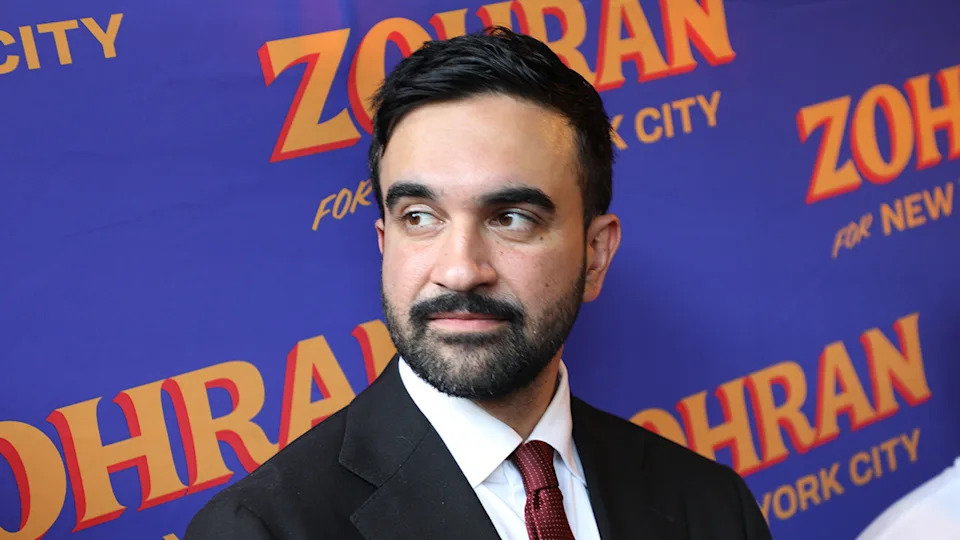
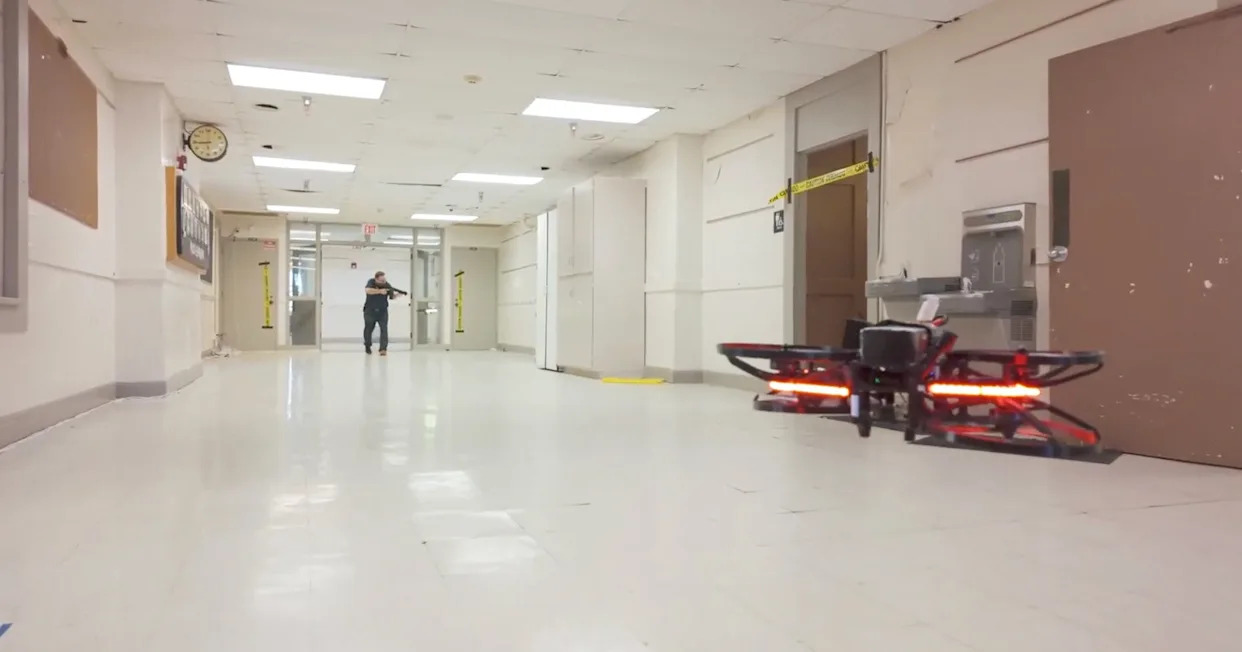
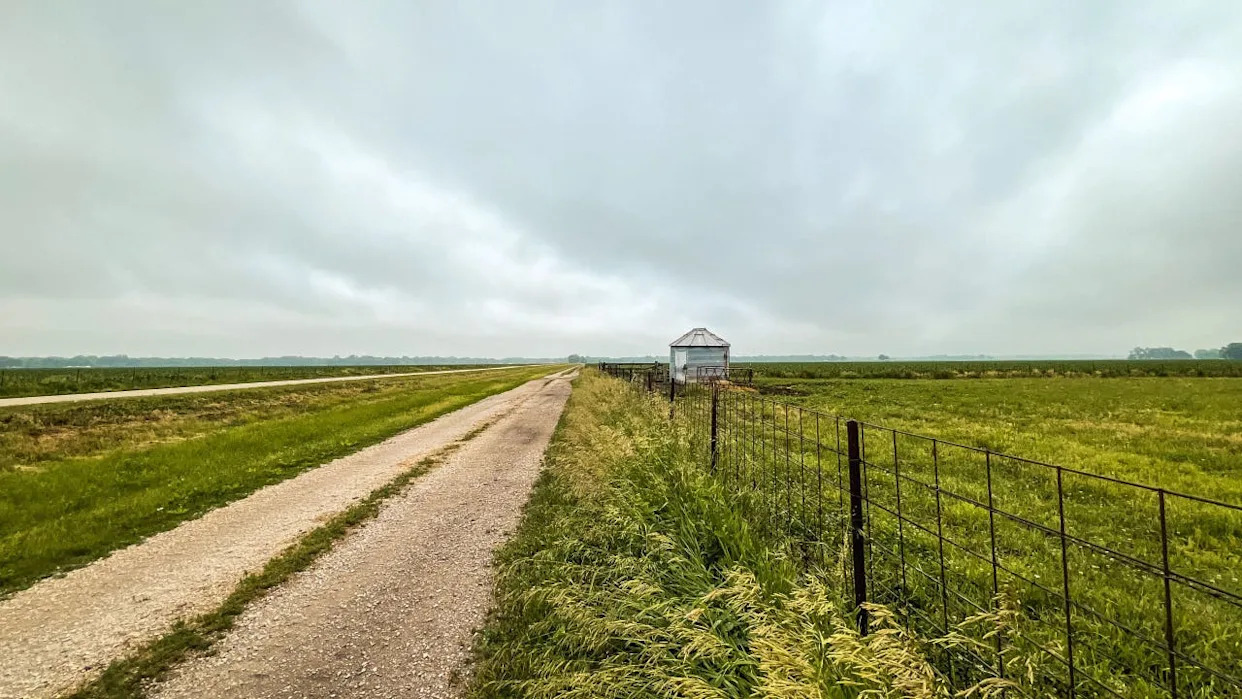
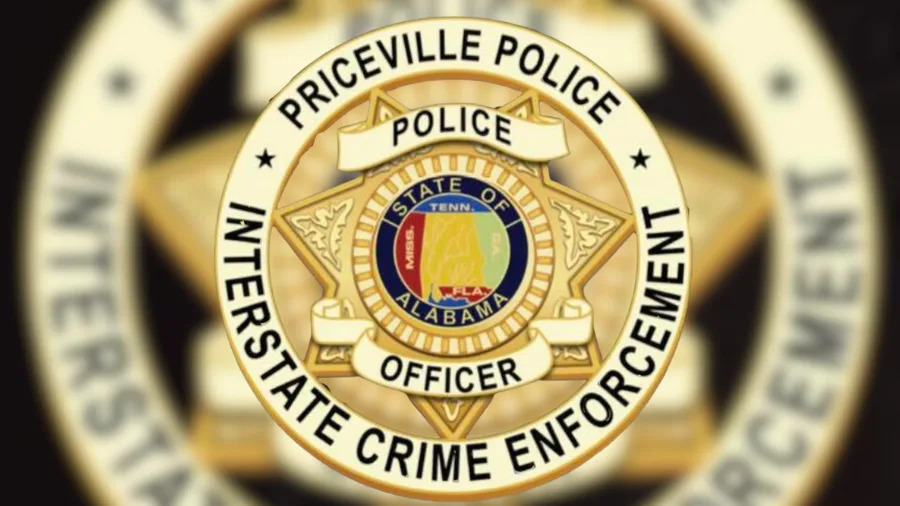
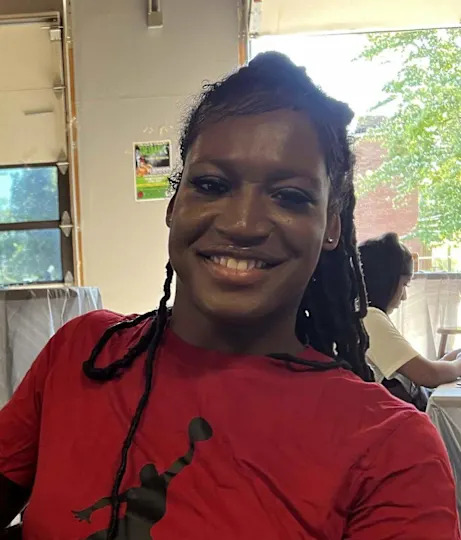

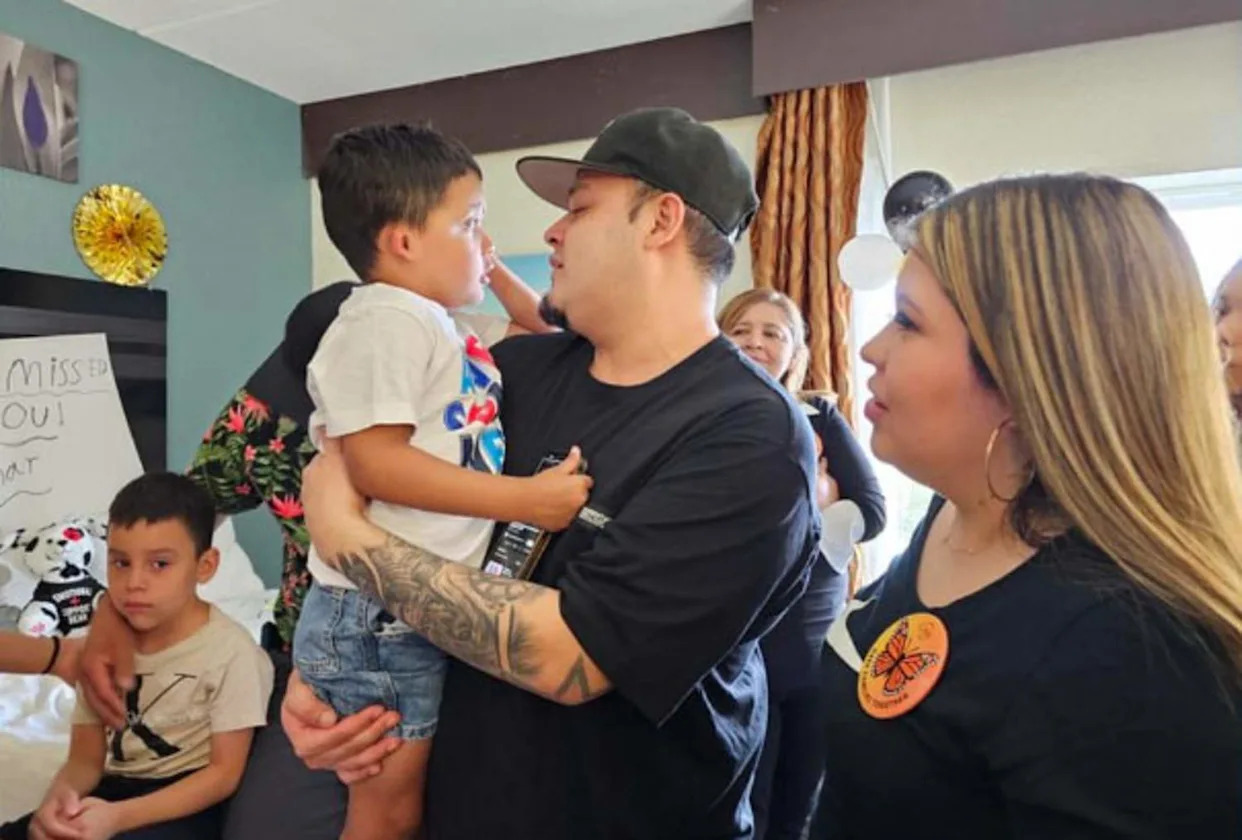

Comments